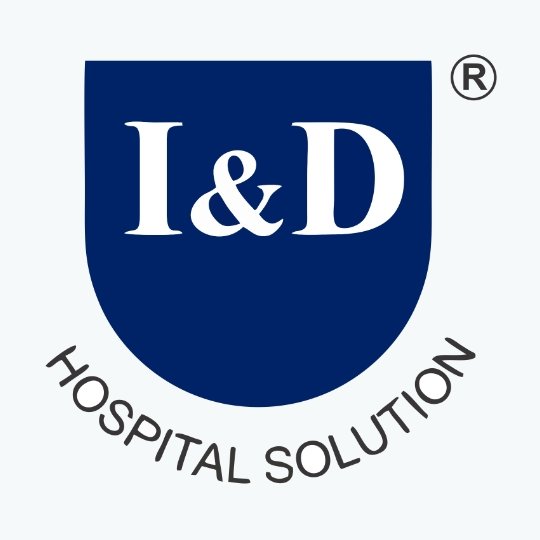Auditing of the unused budgetary allocations for Healthcare sector
- 18/12/2018
- Posted by: admin
- Category: Blogs

The mission Steering Group (MSG) was required to sporadically monitor progress of the mission and to meet twice a year. health care budgeting and financial management.The delegation of powers to the MSG and EPC (Empowered Programme Committee) was subject to the condition that a progress report regarding NRHM, also indicating deviation from the financial norms and modifications in ongoing schemes, would be placed before the cabinet on an annual basis.
Public Private Partnerships (PPP) in RCH services is not up to the expected levels
Regarding composition & functioning of the VHSC (Village Health & Sanitation Committee)
This is a huge task for the states. They are finding it very difficult to keep a track of so many small accounts. But it have been given to accountant at every block level. In a block there will be some 100 VHSCs. They should have been able to get these accounts and see what they have spent on and do the auditing. It have to streamline it further and get them to do the auditing.
It may be observed that rural households account for around 55 % of the total out of pocket expenditure within the country”
As per norms, Specialists are appointed only at CHCs (Community Health Centre) level and not at PHCs (Primary Health Centre) level. As per the data available in Bulletin on Rural Health Statistics in India, a total of 5789 specialists are in a position at CHCs across the country, as against the sanctioned posts of 9028 specialists”
It is imperative that the PAC (Public Accounts Committee) / CAG (Comptroller and Auditor General) or any competent independent regulator, starts the audit of unspent funds allocated for each social sector so that the benefit of the plan reaches the targeted population.
Allocation for healthcare inadequate
The National Health Protection Scheme is just another modified version of the Rashtriya Swasthya Bima Yojana. The budgetary allocation, though is grossly short of what is required.
To achieve the public healthcare expenditure objectives of the National Health Policy, there is a need for an annual 40 per cent rise in government health expenditure. But the Budget shows an increase of only 12 per cent. The NRHM budget has been reduced by five per cent, activists with the Jan Arogya Abhiyan said.
That instead of focusing on strengthening of government hospitals for secondary and tertiary care, the Budget gives healthcare expenditure coverage for poor people and tax benefit for healthcare insurance for middleclass people.
This is continuation of the trend of promoting health insurance, which will benefit the intermediary health insurance industry and the private sector; a path which is contrary to the recommendation of the government’s High Level Expert Group (HLEG) on Universal Health Coverage.
Patients will be the least beneficiaries, activists say. The new National Health Protection Scheme to cover 50 crore poor people has an allocation of Rs 2,000 crore. The National Health Protection Scheme is just another modified version of the Rashtriya Swasthya Bima Yojana.
For instance, the allocation for family welfare schemes under central sector schemes/projects, which is meant for procurement and distribution of contraceptives, have increased .This will be insufficient not only to meet the future demand but will also fall short of the current demand for contraceptives and for improving the much needed quality of services. It could have helped the private sector to make medical care affordable to common people.



